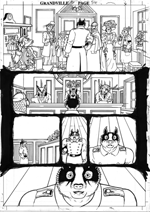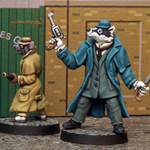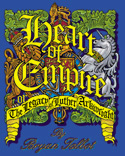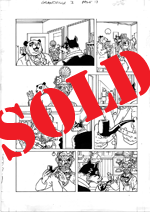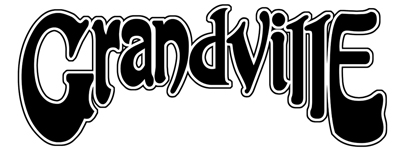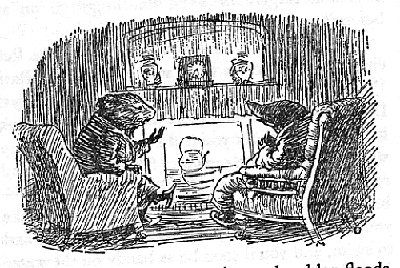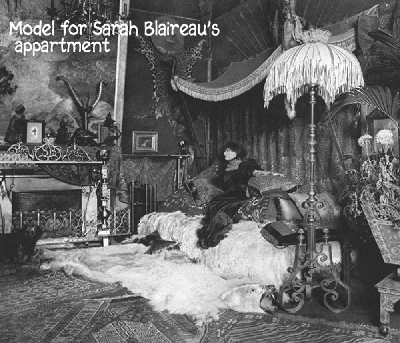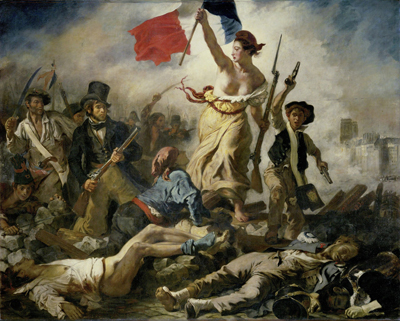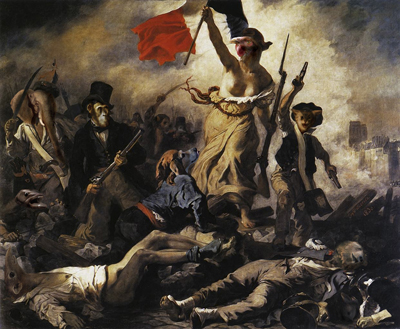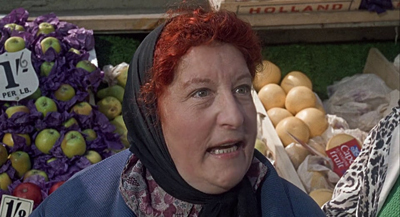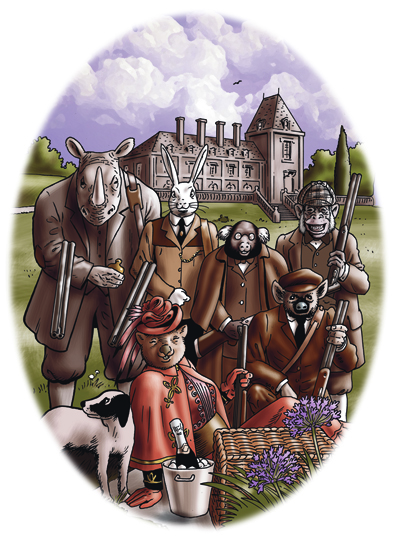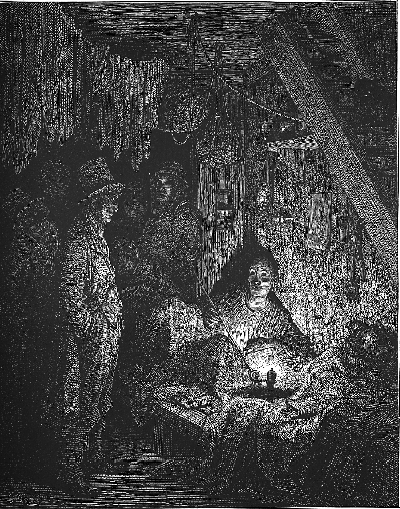Grandville: the Annotations page 3
Welcome to the Grandville Annotations!
This is similar in concept to the Directors Cut of Heart of Empire that Bryan and myself created: it is an attempt to answer the eternal "where do you get your ideas from?" question, and a way to showcase the influences and images that went into the creation of Grandville.
Start reading the annotations below, or jump to the annotations for page 40, page 42, page 43, page 45, page 47, page 48, page 49, page 50, page 51, page 52, page 53, page 55, page 56, page 57 and page 60.
Page 40
This scene of Roderick chatting with a mole in his living room is a reference to Ratty and Mole doing the same thing is this illustration by EH Shepard from The Wind in the Willows.
Professor Tope: Tope is the English pronunciation of the French “taupe”: mole. “taupe” is used to describe a dark brown colour, and the name of his wife, mentioned on page 34, “Rose Tope” (rose taupe) is a shade of this.
“Snowy Milou”: Tintin’s dog, Snowy, named Milou in the French language stories. We meet him on Page 56.
Page 42
Panel 5
“Scientific romance”: You’ll have noticed that each book has the legend on the cover “A Detective-Inspector LeBrock of Scotland Yard Scientific Romance Thriller”. One critic of this first volume complained that there was no romance in the story, so this title was misleading. What the ignoramus didn’t know was that scientific romance was the original description of the genre of science fiction.
Romance: c. 1300, "a story, written or recited, of the adventures of a knight, hero, etc.," often one designed principally for entertainment,"
Page 43
Panel 3
Why make Napoleon a lion? I’ve been asked this before and it’s something that I thought was pretty obvious. For a start, his name is “NapoLEON”. In story terms, it gave me the title of “The Knights of Lyons”, later to be revealed as “The Knights of the Lion”. Not to mention that the lion is “The King of Beasts”.
Page 45
Panel 1
LeBrock reading while pumping iron is a simple way to express that he has both brains and brawn. The book is titled Vidoq: Eugène François Vidoq (1775 – 1857) The former criminal who became the first private detective and later the head of the French police department. He inspired writers, including Edgar Allan Poe and Victor Hugo. Check out his Wikipedia entry.
Panel 4
Sarah’s apartment was based on the real apartment of Sarah Bernhardt.
Page 47
The painting is, of course, adapted from Eugène Delacroix’s famous Liberty Leading the People (1831). It commemorates the July Revolution of 1830, which toppled Charles X of France. It’s housed in the Louvre. I portray Liberty/Marianne as a chicken again.
Page 48
Panel 5
The advertisement in the background is an authentic Belle Époque absinthe poster.
Page 49
Panel 1
Album: The name of the famous Paris bande dessinée store.
The sign for the hat shop behind it is based on a 1890s Paris shop sign.
Panels 4 and 5
These are based on Paris Streets that don’t exist any more. I redrew them from illustrations by a J. Gavin in a book I have called Shadows of Old Paris by one G.Duval, published in 1910. Several streets and buildings in the series are based on these.
Page 50
Panel 2
“Gaff”: For American readers, a gaff is UK slang for someone’s house or home.
I always imagined the voice of the delightful Madame Moue as that of British character actor Rita Webb who, during the 1960s, seemed to be on television every night, often with comedians such as Arthur Haynes or Benny Hill, or in shows like Up Pompeii.
Check out the Rita Webb tribute site.
You can hear her voice in this clip from Steptoe and Son, notably about 7 minutes in.
By the way, Old Steptoe, the first character seen here, was one of the inspirations for Harry Fairfax in the Luther Arkwright stories.
Moue: a pun. Sounds like “moo”. “Faire la moue” is French for “to pull a face”, or “to pout”.
The character and her “gaff” return in the final Grandville book.
Panel 6
“To God”: The literal meaning of “Adieu”: “à Dieu”: “to God”: From old French, “I commend you to God”, meaning “Farewell”. Remember, while we’re reading English, they are speaking French.
Page 51
Panel 4
‘The “War on Terror” is an obvious reference to the slogan of George W Bush.
Panel 5
“The primate”: The archbishop is a chimpanzee, a biological “primate”, which is also a word for the chief archbishop of a region.
Page 52
Panel 1
“Tarara-boom-dee-ay”: Ta-ra-ra Boom-de-ay: an American vaudeville song of the late 19th century, often credited to Henry J Sayers, though he stated that he originally heard it in a St Louis brothel, being sung by a black singer named Mama Lou. There's a YouTube video of it being sung here.
I once heard a guy come out with Pegasus’s exclamation in a Los Angeles bar as he watched a woman dance. In this case, she actually is a bitch, i.e. a female dog.
"Horse" is a slang term for heroin, which is why I made the Drug Baron of Paris a white horse.
Page 53
This scene is obviously very influenced by the films of Quentin Tarantino, whose mother, Connie Zastroupil, you may be surprised to learn, bought 15 of the Beatrix Potter pastiche illustrations from The Tale of One Bad Rat.
Page 55
Panel 1
“Rue Dorée”: Literally “Golden Street”, but a reference to 19th century French artist Gustave Dore, for reasons seen on the next page.
Panel 2
“We don’t need no Stinking badgers”: A jokey reference to The Treasure of the Sierra Madre, this mis-quote comes from Blazing Saddles.
Page 56
Panel 2
This room is based on Gustave Doré’s illustration of an opium den from London: A Pilgrimage (1872).
Snowy Milou (see page 40 notes). His dreams in this and the next page refer to the Tintin stories Tintin in the Congo, The Blue Lotus (itself an opium den) and The Crab with the Golden Claws.
Page 57
Panel 4
Notre Dame de Paris.
Page 60
Panel 1.
Referencing the 9/11 conspiracy theories. The singed passport of one of the hijackers was indeed found close to Ground Zero, and two more were found at the crash sight of Flight 93 in Pennsylvania.
Next is Grandville Annotations for pages 61 to the end.


